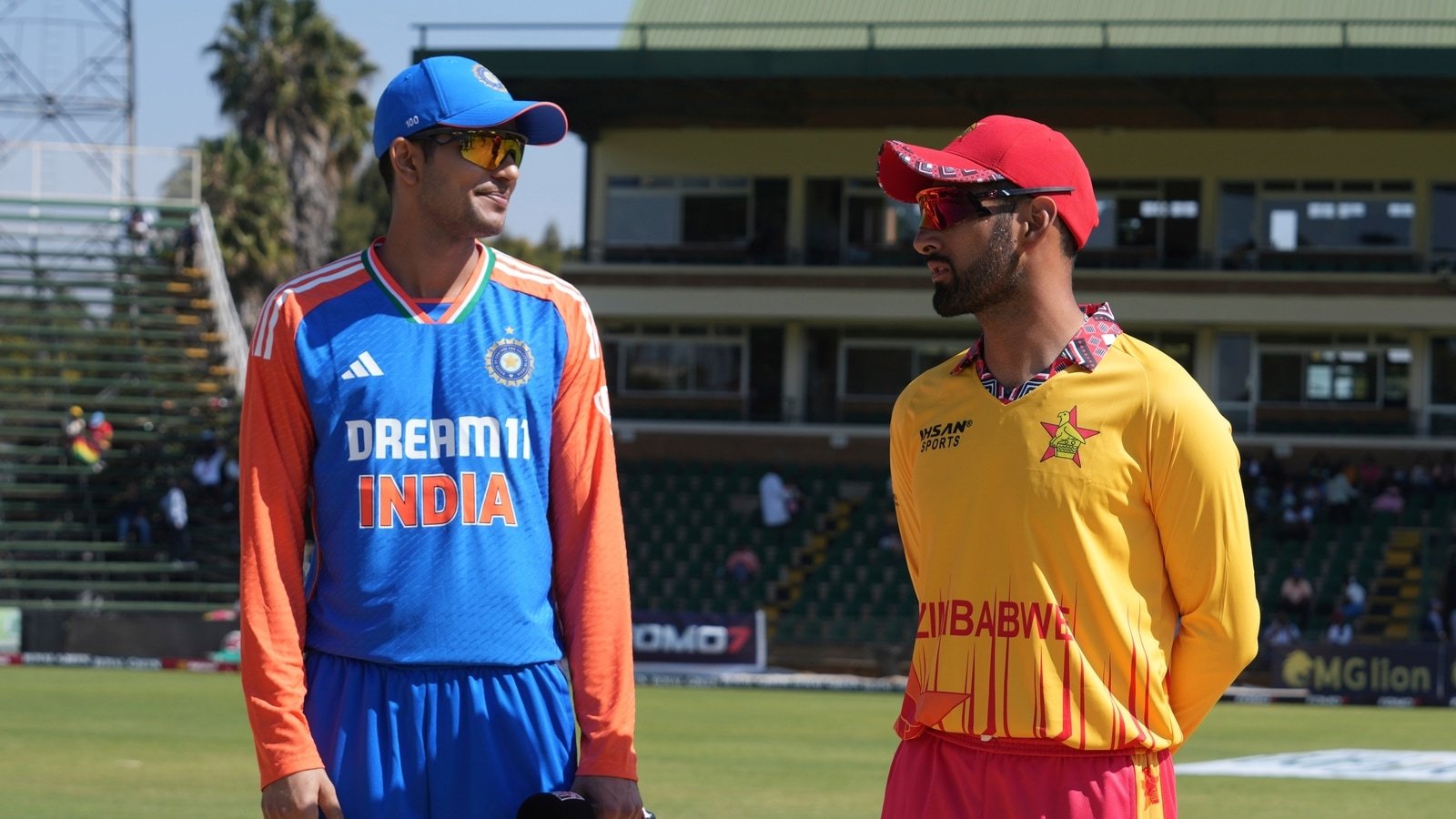The India National Cricket Team and the Zimbabwe National Cricket Team have had an intriguing and often underestimated rivalry in international cricket. While India has long been regarded as one of the giants of world cricket, Zimbabwe has consistently played with grit and determination, giving India and other top-tier teams a run for their money on several occasions. This timeline charts the evolution of their rivalry across different formats of the game, highlighting notable matches, key turning points, and iconic performances.
1. First Encounter: 1983 Cricket World Cup
The rivalry between India and Zimbabwe began in 1983 when the two teams faced each other for the first time in the World Cup. The match became an instant classic, not just because of the clash of two contrasting cricketing nations, but due to a famous knock by Indian captain Kapil Dev. India was struggling at 17-5 when Kapil played a sensational 175* to rescue his team and propel them to a competitive total. India won the match, which was a pivotal moment in their eventual World Cup triumph. This game marked the beginning of a long and competitive journey between the two teams.
2. Zimbabwe's Arrival in Test Cricket: 1992
Zimbabwe gained Test status in 1992, which set the stage for more frequent encounters between the two sides. The first Test series between India and Zimbabwe took place in 1993. India toured Zimbabwe for a one-off Test match in Harare, which ended in a draw. Zimbabwe, under the leadership of players like Andy Flower and Heath Streak, showed resilience against a strong Indian side. Over the years, India and Zimbabwe would meet multiple times in the longest format, but Zimbabwe's best performances often came in their home conditions, where their bowlers knew how to utilize the conditions to full advantage.
3. Memorable ODI Series: 1997-98
The 1997-98 ODI series between India and Zimbabwe was a high point in their limited-overs encounters. Zimbabwe, under the captaincy of Alistair Campbell, managed to upset India by winning a 3-match ODI series 2-1. India, with a star-studded line-up that included Sachin Tendulkar, Sourav Ganguly, and Rahul Dravid, faced an impressive Zimbabwean unit that performed collectively. Heath Streak and the Flower brothers played key roles in helping Zimbabwe outclass India in key moments. This was a crucial moment in Zimbabwe's cricket history, as it signaled their ability to compete against the top teams.
4. World Cup Clashes: 1999 and 2003
The India-Zimbabwe rivalry continued to evolve during the Cricket World Cups, with memorable clashes in the 1999 and 2003 editions. In the 1999 World Cup, Zimbabwe stunned India by winning a thrilling contest by 3 runs. India's defeat came despite an impressive half-century from Rahul Dravid. This win helped Zimbabwe advance to the Super Six stage, marking one of their best performances in the tournament's history. The 2003 World Cup match between the two teams was more one-sided, with India winning convincingly, thanks to dominant performances by their bowlers and batsmen.
5. The Golden Era for Zimbabwe Cricket: Late 1990s to Early 2000s
The period from the late 1990s to the early 2000s is considered the golden era of Zimbabwe cricket. With players like Andy Flower, Grant Flower, Heath Streak, and Henry Olonga at their peak, Zimbabwe often played with a level of competitiveness that made them difficult opponents, even for a strong Indian side. Though India frequently came out on top in the limited-overs format, Zimbabwe managed to secure key victories, particularly in home conditions. Their ability to exploit spin-friendly wickets often tested India's middle order, known for struggling against quality spin attacks at times.
6. Decline of Zimbabwean Cricket: Mid-2000s
The political and economic instability in Zimbabwe during the mid-2000s severely impacted the national cricket team's performance. Many top players, including Heath Streak and the Flower brothers, retired or left the team, leading to a decline in Zimbabwe's cricketing prowess. As a result, India began to dominate the rivalry even further, winning series after series in both Test and ODI formats. Despite this, Zimbabwe's spirit never waned, and they occasionally pulled off surprise wins in ODIs, particularly when playing in Harare or Bulawayo.
7. Recent Years: Resurgence and Competition
While Zimbabwe’s cricket fortunes have not fully recovered to their late-1990s form, they have shown signs of resurgence in recent years. The teams met during India’s tour to Zimbabwe in 2016, where India fielded a relatively young team. Zimbabwe managed to upset India in one of the T20 matches, showcasing the talent and potential still present in their cricket setup. India continues to dominate in Tests and ODIs, but Zimbabwe remains a team capable of surprising results, particularly in the shorter formats of the game.
8. The Importance of the Rivalry
The India-Zimbabwe cricket rivalry, while not as high-profile as India’s contests against teams like Australia or Pakistan, has its own charm and importance in the world of cricket. Zimbabwe, despite being a smaller cricketing nation, has always played with determination and passion, while India has used these encounters to test their bench strength and provide opportunities for young players. Over the years, this rivalry has produced some unforgettable matches and moments that have enriched the cricketing landscape.
Conclusion
The India National Cricket Team vs Zimbabwe National Cricket Team timeline is filled with fascinating matches, surprising upsets, and moments of cricketing brilliance. While India has often had the upper hand, Zimbabwe’s resilience and ability to challenge top-tier teams have left a mark on their cricketing rivalry. As both teams continue to evolve, future encounters will undoubtedly add new chapters to this storied rivalry, contributing further to the legacy of cricket.
Categories: Sports
